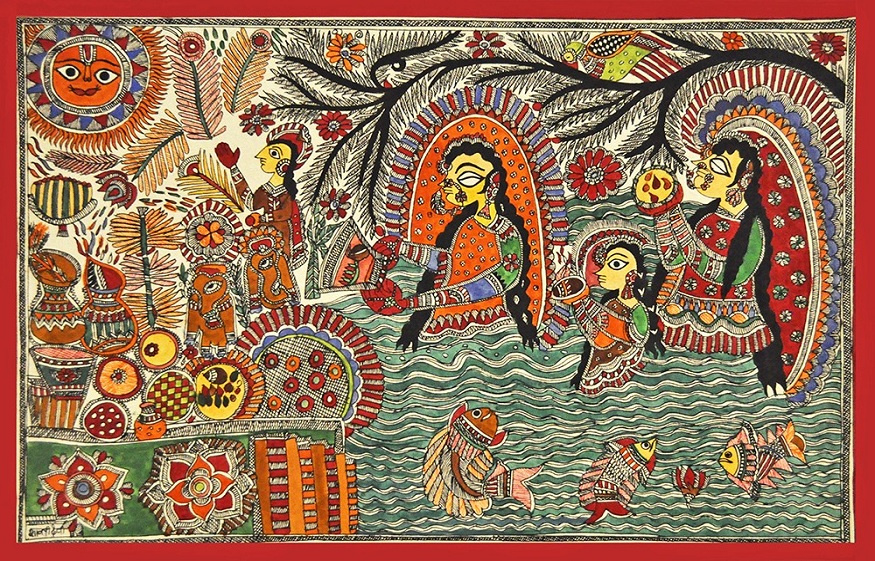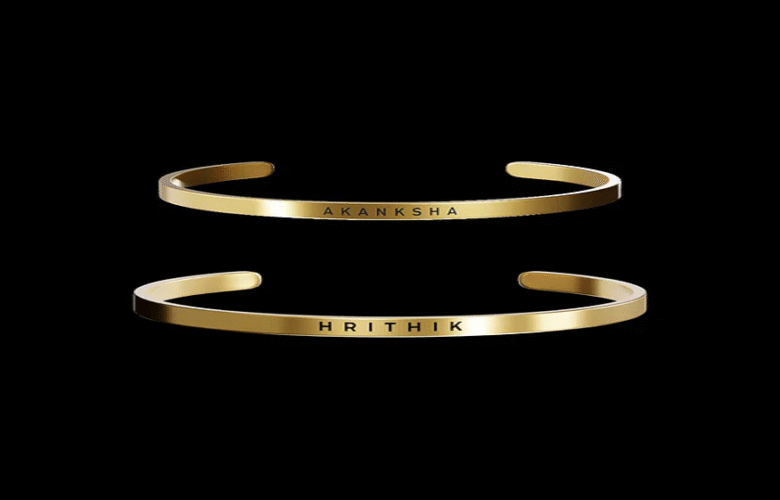As the pandemic keeps us locked within the four walls of the house, we keep looking for new avenues to express our creativity. So, why have bland walls when you can spruce them up in a million ways, especially with art? Indian art paintings are a great way to add a colour pop to your walls, with an ethnic touch. There are several types of Indian paintings catering to different sensibilities, ranging from the packed canvases of Madhubani art and Pattachitra art to singular figurines of Kalighat art.
Here are a few famous Indian art forms you can start with:
1.Pattachitra art
Pattachitra art began as a profession dating back to the 10th and 11th century A.D. when Patuas (scroll painters) would carry an elaborate Pattachitra painting to narrate stories. They would be invited by wealthy households to recite folktales and perform on special occasions. For a Pattachitra painting, artists rarely make rough sketches with pencils or charcoal. Instead they dive into the canvas straightaway with a paintbrush, etching characters carefully. Pattachitra art usually focuses on Jagannath temple, Panchamukhi Ganesh, folktales and tales from hindu mythology. These Indian art paintings are a great way to add colour and history to your home.
2. Madhubani art
Madhubani art began as a form of Bhitti Chitra (wall art) as Raja Janak had instructed for the whole town to be decked up for his daughter, Sita’s wedding to Rama. Madhubani painting gradually moved to handmade paper which was often made with multanimitti, neem juice and cow dung—resembling a wall—a subtle ode to its origins. Madhubani art is not always religious in nature and has neutral themes like social causes and folktales. This is what makes this famousIndian art form evergreen. A Madhubani painting also has elements of Feng shui, making it a much preferred art form to attract good vibes.
3. Kalighat art
Sold as souvenirs for British tourists and officers visiting India on official duty, Kalighat art originated in the Kalighat area of Bengal. A Kalighat painting is basically a condensed form of a Pattachitra painting, with lesser characters and more negative space. Hence, a Kalighat painting will always focus on one or two figurines, instead of narrating elaborate stories. Indian art paintings from Kalighat art can either be religious in nature, showcasing gods and goddesses, or depict social issues like Bengal’s Babu culture.
4. Pichwai art
One of the most famous Indian art forms, Pichwai art originated as a means to decorate temple walls. Traditionally, a Pichwai painting is dedicated to Srinathji, an avatar of Lord Krishna as a 7-year-old infant. However, over the years Indian art paintings from this genre have gained momentum due to its vibrant symbols and motifs. Pichwai art has a bright colour palette consisting of red, yellow, black and green. A Pichwai painting is known for its use of unique symbols like lotuses, cows, trees and peacocks.
5. Classical Indian Art
Classical Indian Art can transport you to a bygone era with its innate ability to make every scene come alive. Indian art paintings from this genre are an integral part of our artistic legacy. Not only does it reflect India’s artistic prowess, Classical Indian Art also acts as a legitimate source of history and literature. Having a Classical Indian painting became an integral part of royal households that commissioned several of these works. Today, Classical Indian Art is divided into four schools—Mughal, Rajasthani, Pahari and Deccani.




